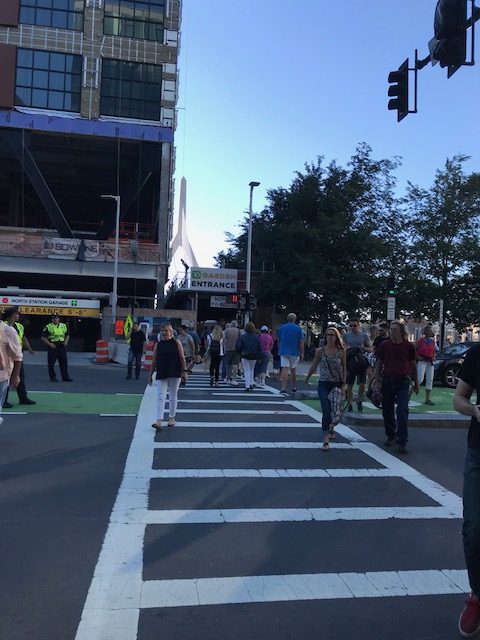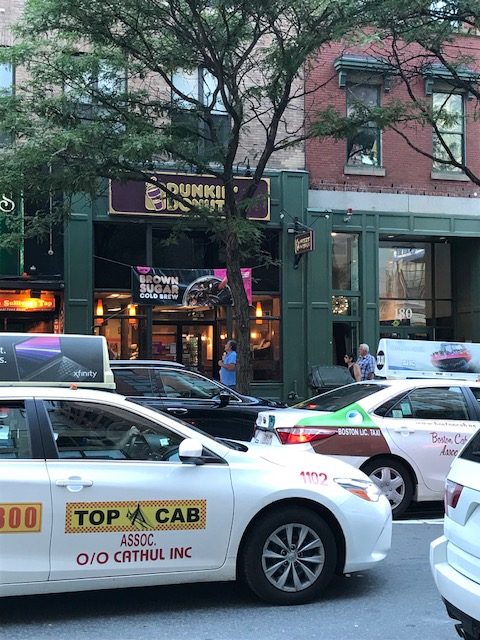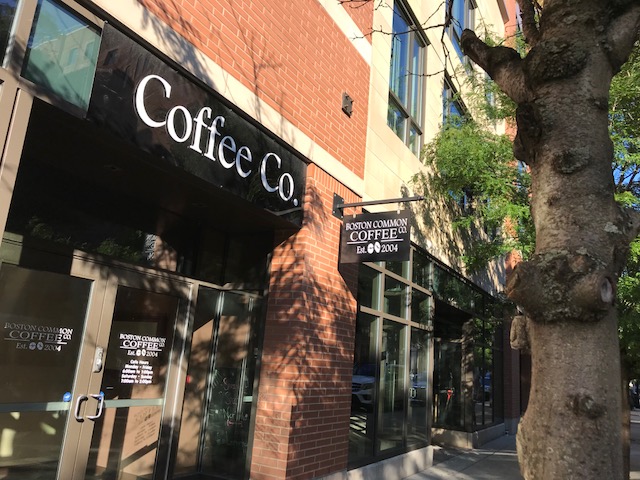For the first time in over a decade, my office decided to add positions. We had acquired staff via mergers or reorganization, but we had not had the opportunity to add staff we sorely needed.
I was coming back from my second maternity leave as both positions were announced and posted. I shared the positions on my LinkedIn account, posting, “I get to be your assistant, so you should apply.”
Then someone messaged me asking a hard question: why wasn’t I applying for either job? I’ve been in the office nearly 13 years and have a Master’s degree in Educational Administration. One would think that I’m qualified.
I paused as I realized the really difficult answer.
“Because I’ve spent the last seven years chasing something else.”
Since I was a teenager, I had wanted to be a sportswriter. I wanted to cover figure skating and gymnastics. After reading the Sports Illustrated coverage of Steve Young finally winning Super Bowl XXIX, I decided I also wanted to cover football. I originally went to college for sports journalism and ran into a professor freshman year who discouraged the three of us females in his class from pursuing it. I took that to heart and changed majors and transferred schools. But I continued blogging about sports, and then found myself picking up freelance gigs. First I wrote about lacrosse for the Examiner, then Inside Lacrosse, then the Newton Patch and things began to snowball from there. It took up some of my weekends, but wasn’t too intrusive.
Seven years ago, I got a surprise message from a Boston newspaper asking me to write about high school sports. I honestly thought it was a hoax, until I confirmed with a friend that the editor contacting me was indeed a real person. Holy smokes, a real newspaper in a major city — a city much larger than my home city of Rochester, NY — wanted me to write for them. How could I turn that down?
The schedule took some time to get used to, but soon enough, I was working 2-4 days a week. I would leave my day job at 5pm, and then go to the newspaper or to a game assignment. I worked at least one weekend day, if not both. I loved it. Some writers believe they are “better than” covering high school sports. Where I grew up, high school sports were everything, so to me, covering high school sports is as good of a beat as you can have.
I kept taking assignments, picking up shifts, and picking up freelance gigs, thinking, “I must be on the brink. If I work really hard at this, someone will hire me full-time, right?” It began to intrude on my day job and my marriage. My husband went days without seeing each other, with him traveling out to Western Massachusetts for work nearly every other day, and me finding myself either taking scores or covering a game every night. Our relationship was not in the best place. At my day job, I stopped being able to stay late and meet with students. I shrugged off networking events in my field and never went to conferences. I used my vacation time to cover sporting events, not take an actual vacation. I couldn’t work on Saturdays, something crucial to working with college students, because I was covering sports.
Soon I had kids, and I tried not to miss a beat. If I keep going, then soon I’ll be able to freelance full-time and take the kids out of daycare.
The bankruptcy of the newspaper didn’t stop me. Writers losing jobs around me didn’t stop me. This is going to work out, I swear. This is what I’m meant to do.
Until this month.
This month, I had to face the depressing realization that maybe sportswriting isn’t what I’m meant to do. I can’t keep juggling everything. I missed deadlines. I missed my kids. I found myself depressed, anxious, and angry at myself for not being able to make everything work.
When I say yes to a sports writing gig, it means I’m saying no to something else. My day job and my family have been receiving a whole bunch of nos. Someone close to me once asked if my writing was a hobby or a career. They thought I should look at it as a hobby, and maybe they are right. Maybe I’m just meant to write online here and there. If I earn some extra money from doing so, that’s great.
That is a really difficult thing to make terms with, and it won’t happen overnight. I had to prioritize my family and day job over covering my favorite high school sporting event of the year this weekend. I wanted to say yes to the assignment in the worst way. But I had to say no. It was a punch in the gut.
I am sharing this because I know many part-time sportswriters who have struggled with this same call. When do you call it quits? Should you ever call it quits, and just keep a toe in writing forever, holding out hope that something will work out? We’re told to find our passion and make that our career, but what if that just never pans out?
I don’t have the answers at all. It’s going to take me a long time to find them.




